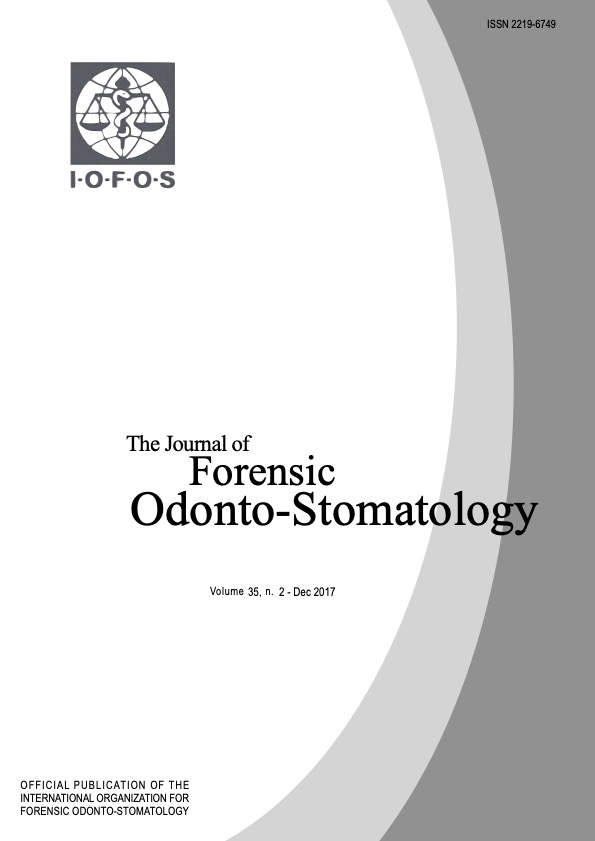Day to day issues in the forensic identification practice related to illegal immigration in Italy
Abstract
The migratory flows to Europe from the African countries, Asia and Middle East, have hugely intensified in the recent years. In 2016, more than 98,000 out of a total of 260,000 migrants across the Mediterranean Sea arrived in Italy and in May 2017, the trend of arrivals is: Italy +576%; Greece -39% compared to previous years. Some migrants die before touching the sole of the European continent, during the crossing, often afforded with ships, made available by unscrupulous smugglers or criminal organizations, which are unsuitable for this type of transportation. The tremendous occurrence of migrant casualties during the Mediterranean Sea crossing remains underestimated and nobody, country officers or databank, can provide a reliable number of dead bodies in such a large and now, endemic phenomenon. Forensic officers, who intervened to examine migrants’ corpses, are ideally required to perform the usual activity and to answer the routine questions about the causes of death by detecting signs of possible crimes and body identification. In practice, several specific issues and limits challenge the activity of the forensic professionals addressed to ascertain both circumstances of death and possible related crimes and the identity of the corpses. Generally speaking, in case of examining up to a few dead bodies in Italy, a complete autopsy is performed, whilst, when several tens or hundreds of corpses are recovered, the lack of resources on one hand and clearer clues on incident, connected crimes, and cause of deaths on the other, push the public prosecutor to limit the request of complete autopsies. In some cases, the dead migrants were identified through visual recognition by relatives, friends, or travel companions. The DVI Interpol protocol is never completely applied to dead migrants for several reasons, mainly for the huge difficulties in retrieving AM data of the missing persons and for some limitations affecting both the primary and the secondary identifiers. The few chances of identification by dental data are further reduced by the systematic lack of an odontologist among the forensic teams charged of the PM; valuable dental data for body identification or for constructing the biological profile of the missing person (age, ancestry, country of provenance/residence, etc.) are likely to be overlooked.
This approach implies a clear disparity with the approach applied when corpses of citizens of the EU or other developed countries are involved and undergo identification. The dead migrants’ identification activity should be reconsidered for an improvement in the common international effort in accordance to an approach more respectful toward the legal rights and dignity of the dead migrants and their families.

